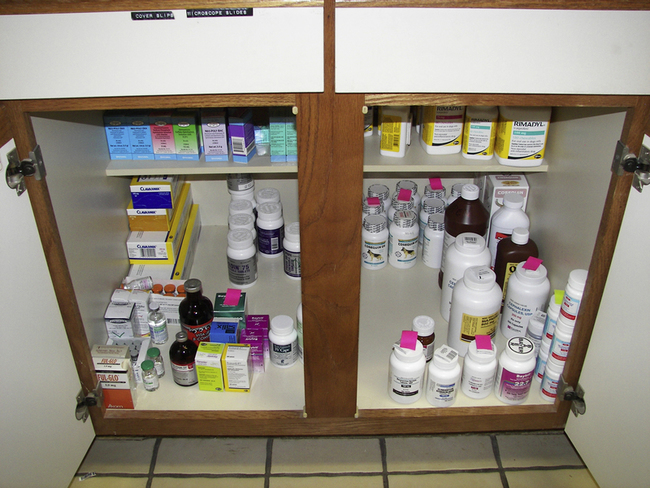CHAPTER 15
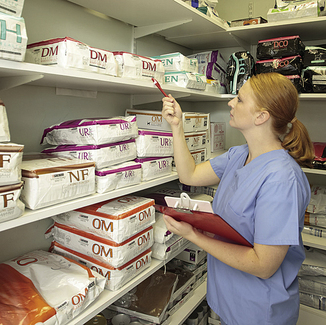
Inventory Management
Mastery of the content in this chapter will enable the reader to:
• Develop an effective inventory system.
• List methods used to maintain an appropriate amount of inventory on hand.
• Define and create a central inventory location.
• Identify and use Material Safety Data Sheets.
• Calculate an effective price markup for products.
Effective inventory controls are an important part of the overall profit of a veterinary practice. Creating and maintaining an inventory system takes continuous planning and monitoring. Without proper organization, inventory can become a full-time duty. Inventory is the balance between having enough products on the shelves to meet client needs and not running out of product or supplies. Outdated products decrease the practice’s profits, as does not having enough product. Managing inventory requires knowledge of what product is used, how much is used, how often it is sold, as well as how long it takes to reorder and replace the product. A combination of all the above will make it possible to implement an effective inventory management system that takes little time to control (Box 15-1).
FUNDAMENTALS OF INVENTORY
Although one person should be in charge of inventory, a second team member or manager should be able to fill in as needed. If an emergency happens to the inventory manager, another team member should be able to effectively step up without creating a glitch in the system. Distributor and manufacturer phone numbers, account numbers, and order histories should be readily available. The front of an order book or Rolodex is an excellent place to keep a summary of all distributors and manufacturers. Small orders may need to be placed with specialty companies, and if there is easy access to their information, orders can be placed quickly and efficiently (Box 15-2).
Drugs might be arranged in a pharmacy area in such a way as to help improve the efficiency of a team (Figure 15-1). Drugs may be arranged by category, such as oral solids, oral liquids, injectable, ophthalmic, otic, and/or external topical medications. Other pharmacies may be arranged by type of drug, such as tranquilizers, analgesics, cardiac, diuretics, and so forth.
DISTRIBUTORS AND MANUFACTURER REPRESENTATIVES
Manufacturer and distributor representatives can provide team members with valuable information regarding products and how they may increase sales for the practice. They can provide a sales history, allowing a prediction for the use of product for the next year (this is an excellent tool when preparing a budget for the following fiscal year). They can be an excellent source of continuing education for team members and can provide brochures to increase the level of client education. (Box 15-3).
DESIGNING AN INVENTORY SYSTEM
Two methods exist to create and maintain an inventory system. Computer software generally integrates inventory management into the system and is easily accessible from any computer (Figures 15-2 to 15-4). A manual method takes time to maintain but is almost always accurate.
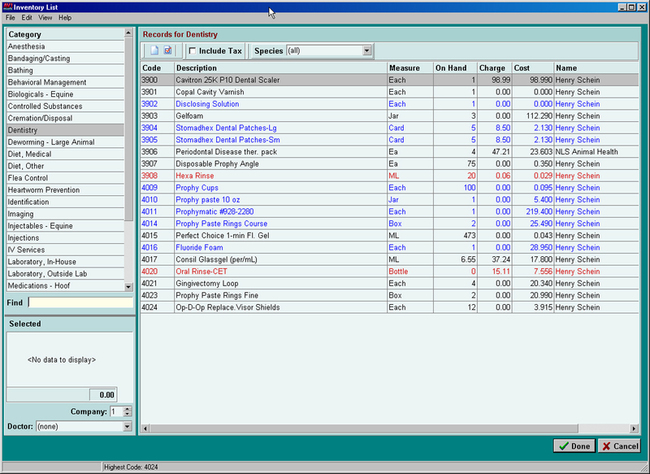
A complete review of all products is made weekly or bimonthly to create an order. The inventory manager should have a listing of reorder points and quantities on the index cards to help facilitate the correct order. To help the inventory manager maintain a successful system, a red flag system may be developed (Figure 15-5). Once the reorder point has been established, the manager can place a red flag on the product bottle, with the date the product was received. When a team member takes that bottle, the red flag is removed and placed in a designated area. The inventory manager can review the flag, look at the date of purchase, and determine if, when, and how much product should be ordered.
Stay updated, free articles. Join our Telegram channel

Full access? Get Clinical Tree


 PRACTICE POINT
PRACTICE POINT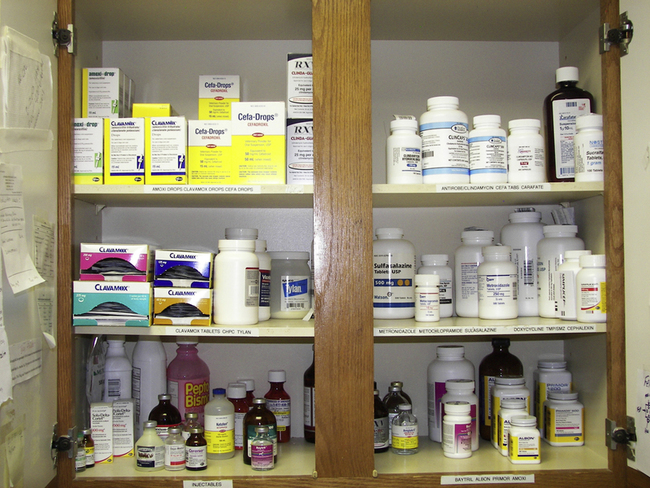
 PRACTICE POINT
PRACTICE POINT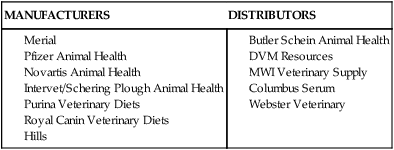
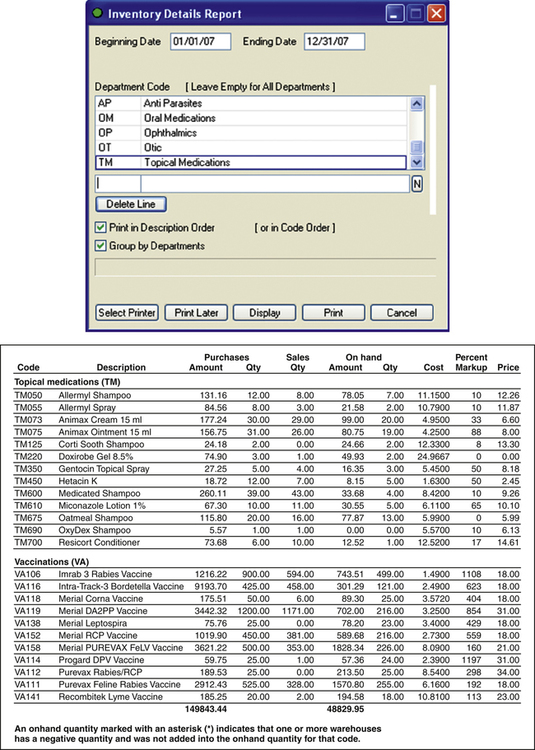
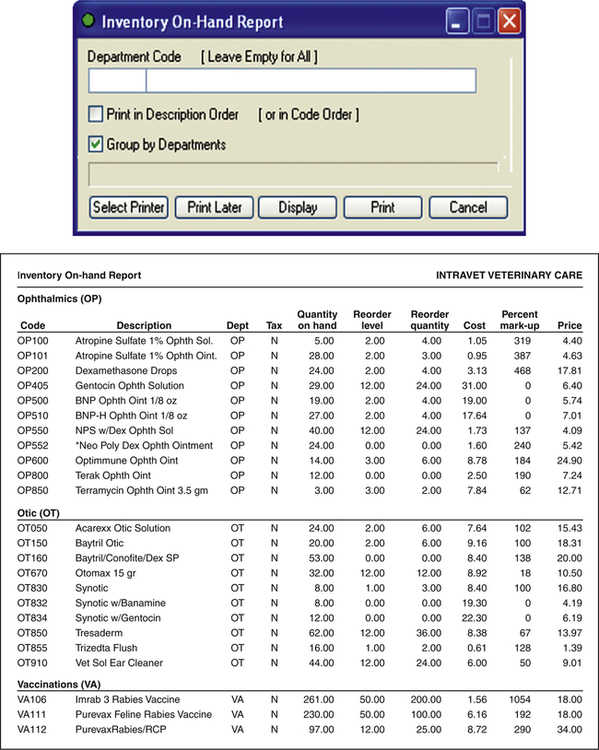
 PRACTICE POINT
PRACTICE POINT